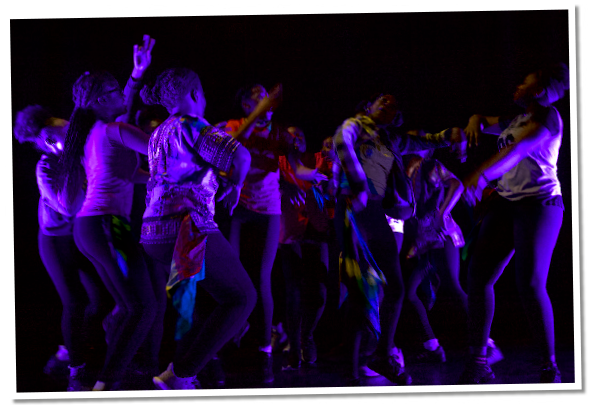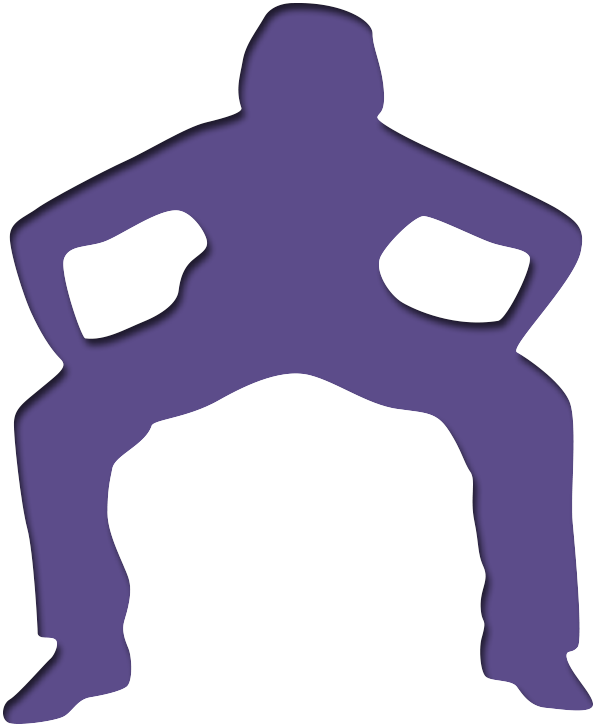![]()
WORKING TOGETHER AS A GROUP
1: Select a song in an upbeat musical style you love. It should also have lyrics you feel are empowering.
2: Play the song a few times over and freestyle to the music and the lyrics: on your own, in pairs, small groups – mix it up! Just do whatever comes naturally. Turn the lights down low to create a vibe if you like. Taking time to chill and listen is ok too.
3: Now come together as a whole group and create a routine by piecing together your freestyle ideas.
4: Consider what formations, levels and relationships you will create between people in the space in order to reflect the particular feeling of empowerment the music brings.






